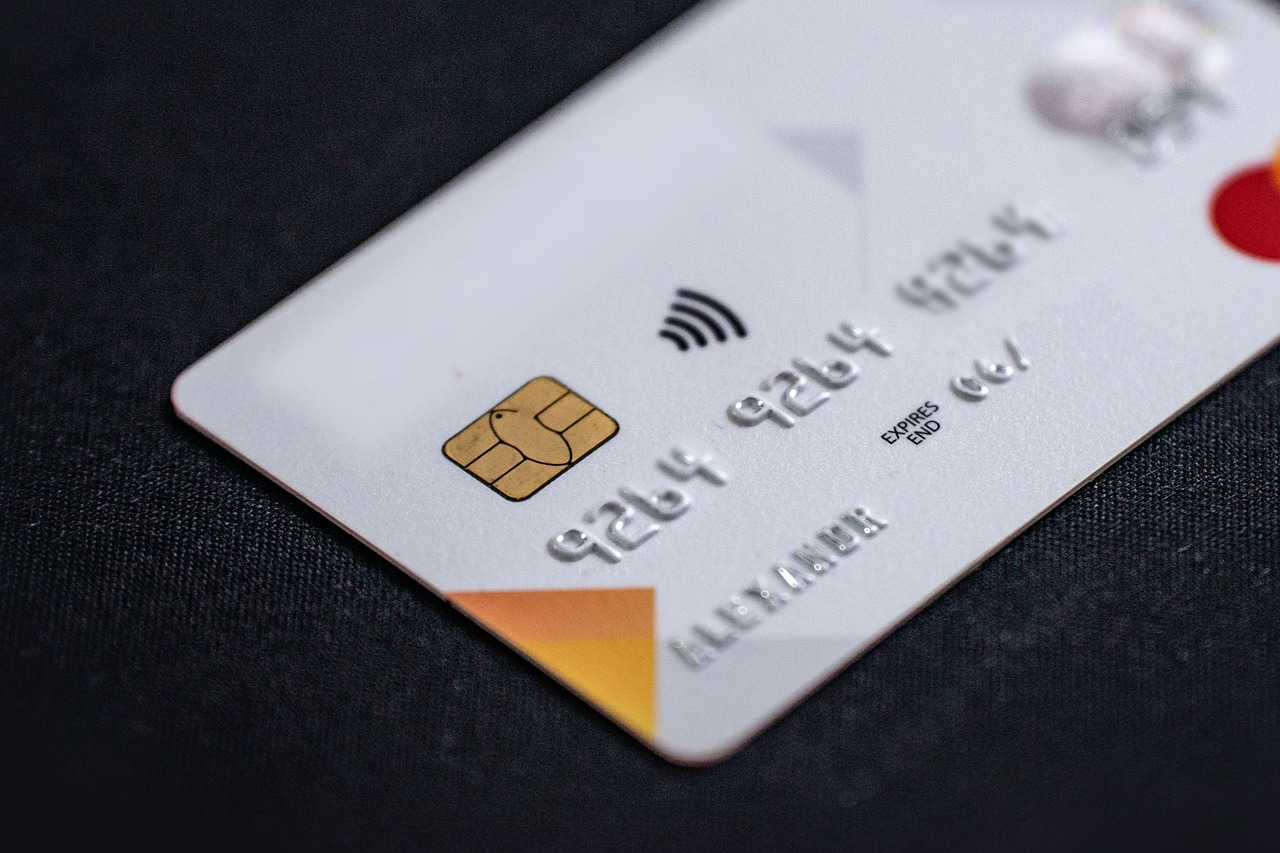Budgeting can feel like a restrictive word, conjuring images of endless spreadsheets and sacrificing every little joy in life. But in reality, budgeting is about gaining control, understanding where your money goes, and making informed choices that align with your financial goals. It’s not about deprivation; it’s about empowerment. By creating a realistic and adaptable budget, you can achieve financial freedom, save for your future, and even enjoy those little luxuries without the guilt. This guide will provide you with a comprehensive understanding of budgeting and practical strategies to implement a successful plan.
Understanding the Basics of Budgeting
What is a Budget?
A budget is a financial plan that outlines your expected income and expenses over a specific period, usually a month. It’s a roadmap that helps you track your spending, identify areas where you can save, and ensure you’re living within your means. It’s not a static document; it should be reviewed and adjusted regularly to reflect changes in your life.
Why is Budgeting Important?
- Gain Control of Your Finances: A budget allows you to see exactly where your money is going each month, preventing overspending and impulsive purchases.
- Achieve Financial Goals: Whether it’s saving for a down payment on a house, paying off debt, or building a retirement nest egg, a budget provides a clear path to achieving your goals.
- Reduce Financial Stress: Knowing where your money is going and having a plan in place can significantly reduce anxiety related to finances.
- Prepare for Unexpected Expenses: A budget helps you build an emergency fund, providing a safety net for unforeseen circumstances like job loss or medical bills.
- Improve Your Credit Score: By managing your finances responsibly and paying bills on time, you can improve your credit score, making it easier to get loans and mortgages in the future.
Debunking Common Budgeting Myths
Many people avoid budgeting due to misconceptions. Let’s address a few:
- Myth: Budgeting is too restrictive. Reality: Budgeting allows you to prioritize spending on things that are important to you. It’s about conscious choices, not deprivation.
- Myth: Budgeting is time-consuming. Reality: With the right tools and techniques, budgeting can be quick and efficient. There are many apps and software programs available to simplify the process.
- Myth: Budgeting is only for people in debt. Reality: Budgeting is beneficial for everyone, regardless of their financial situation. It helps you save money, invest wisely, and achieve your financial goals faster.
Creating Your Budget: A Step-by-Step Guide
Step 1: Calculate Your Income
The first step is to determine your total monthly income after taxes and other deductions (like health insurance or retirement contributions). Include all sources of income, such as:
- Salary or wages (take-home pay)
- Freelance income
- Investment income (dividends, interest)
- Rental income
- Social Security or pension benefits
- Example: Let’s say your take-home pay is $3,500 per month and you earn $200 in investment income. Your total monthly income would be $3,700.
Step 2: Track Your Expenses
Next, track your spending for at least one month to get a clear picture of where your money is going. You can use a budgeting app, a spreadsheet, or simply jot down your expenses in a notebook. Categorize your expenses as:
- Fixed Expenses: These are expenses that remain relatively consistent each month, such as rent/mortgage, loan payments, and insurance premiums.
- Variable Expenses: These expenses fluctuate from month to month, such as groceries, utilities, entertainment, and transportation.
- Periodic Expenses: These are expenses that occur less frequently, such as annual subscriptions, car maintenance, and holiday gifts.
- Example: Let’s say your fixed expenses are $1,500 per month (rent) and your variable expenses averaged $1,200 (groceries, utilities, entertainment). Your periodic expenses, divided by 12 months, are $200 (car insurance, yearly memberships). Your total monthly expenses are $2,900.
Step 3: Categorize and Analyze Your Spending
Once you’ve tracked your expenses, categorize them to identify areas where you might be overspending. Common expense categories include:
- Housing
- Transportation
- Food (groceries and dining out)
- Utilities
- Insurance
- Debt Payments
- Entertainment
- Personal Care
- Healthcare
- Savings
Analyze your spending patterns to identify areas where you can cut back. For example, you might notice you’re spending a significant amount on dining out.
Step 4: Create Your Budget Plan
Now it’s time to create your budget. Compare your income and expenses. Ideally, your income should exceed your expenses. If your expenses are higher than your income, you’ll need to make some adjustments.
- Zero-Based Budget: This method involves allocating every dollar of your income to a specific category, ensuring that your income minus your expenses equals zero.
- 50/30/20 Budget: This popular method allocates 50% of your income to needs (housing, utilities, transportation), 30% to wants (entertainment, dining out), and 20% to savings and debt repayment.
- Envelope System: This method involves allocating cash to different spending categories and placing the cash in envelopes. Once an envelope is empty, you can’t spend any more money in that category.
- Example: Using the 50/30/20 rule with an income of $3,700: Needs: $1,850, Wants: $1,110, Savings/Debt: $740.
Step 5: Implement and Adjust Your Budget
The final step is to implement your budget and track your progress. Regularly review your budget to ensure it’s still aligned with your goals and adjust it as needed. Life circumstances change, and your budget should adapt accordingly. This isn’t a ‘set it and forget it’ plan; it’s a living document!
Budgeting Methods: Finding the Right Fit
The Zero-Based Budget
- Description: Every dollar of income is allocated to a category, leaving no room for unaccounted spending.
- Benefits: Provides a clear picture of where your money is going and helps you prioritize spending.
- Best For: People who want maximum control over their finances and want to be intentional with every dollar.
- Example: If your income is $4,000, you would allocate $4,000 across all expense categories, including savings and debt repayment, ensuring your income minus expenses equals zero.
The 50/30/20 Budget
- Description: Allocates 50% of income to needs, 30% to wants, and 20% to savings and debt repayment.
- Benefits: Simple and easy to follow, providing a good balance between needs, wants, and financial goals.
- Best For: People who want a simple budgeting framework and want to ensure they’re saving and paying down debt.
- Example: With an income of $5,000, you would allocate $2,500 to needs, $1,500 to wants, and $1,000 to savings and debt repayment.
The Envelope System
- Description: Allocates cash to different spending categories and places the cash in envelopes.
- Benefits: Helps you stick to your budget by physically limiting your spending.
- Best For: People who struggle with overspending and prefer using cash over credit cards.
- Example: You might have envelopes for groceries, entertainment, and dining out. Once an envelope is empty, you can’t spend any more money in that category until the next budgeting period.
Budgeting Apps and Software
- Examples: Mint, YNAB (You Need a Budget), Personal Capital.
- Benefits: Automate expense tracking, provide insights into spending patterns, and help you stay on track with your budget.
- Best For: People who want to simplify the budgeting process and want to access their budget on the go.
Tips for Successful Budgeting
Set Realistic Goals
Don’t try to cut back too much too quickly. Start with small, achievable goals and gradually increase your savings or debt repayment.
Track Your Progress Regularly
Review your budget at least once a week to see how you’re doing and make any necessary adjustments.
Be Flexible
Life happens, and unexpected expenses will arise. Be prepared to adjust your budget as needed to accommodate changes in your circumstances.
Automate Savings
Set up automatic transfers to your savings account to ensure you’re consistently saving money.
Find an Accountability Partner
Share your budgeting goals with a friend or family member who can provide support and encouragement.
Celebrate Your Successes
Acknowledge and celebrate your achievements along the way to stay motivated. Reward yourself (within your budget!) for reaching milestones.
Conclusion
Budgeting is a powerful tool that can help you achieve your financial goals and gain control of your money. By understanding the basics of budgeting, creating a realistic plan, and implementing effective strategies, you can transform your financial life and build a secure future. Remember that budgeting is a journey, not a destination. Be patient with yourself, stay consistent, and celebrate your progress along the way. The key is to find a system that works for you and stick with it. Start today, and you’ll be amazed at the positive impact budgeting can have on your life.




